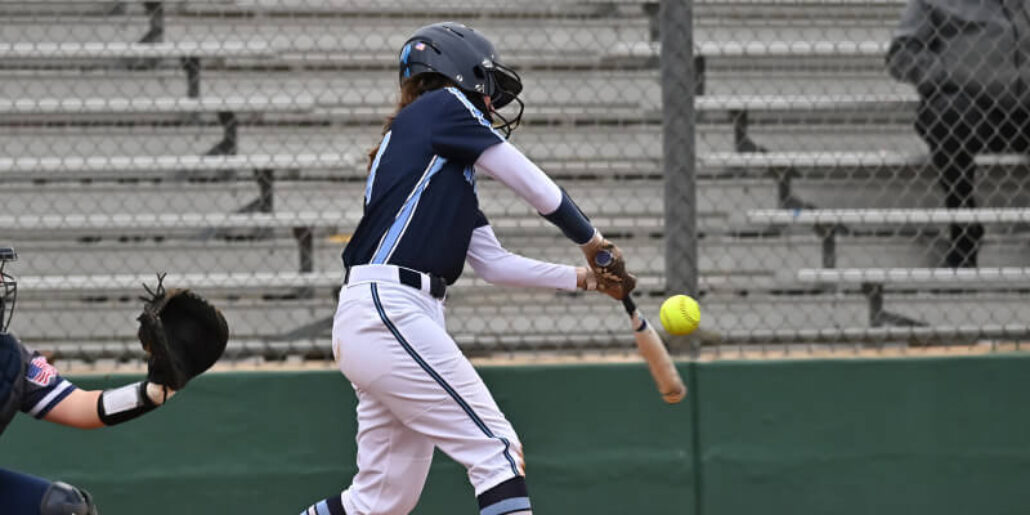Summit sports medicine specialist Sarah Lehnert, M.D., C.A.Q., gives us insight into the most common softball injuries — and what to do about them.
As those long summer days return, so does softball. Softball is a challenging sport that can lead to a variety of injuries. We talked with Summit sports medicine specialist Sarah Lehnert, M.D., C.A.Q., to learn more about the most common softball injuries.
What are the most common softball injuries?
“The most common complaint we see in softball players is shoulder pain,” Dr. Lehnert said. “It’s most often the pitchers, but also the catchers and some infielders.”
Repeated powerful throwing, especially if the player uses poor technique, can lead to several kinds of shoulder injuries. They include:
- Rotator cuff symptoms — pain from impingement or pinching
- Labral tears — tears to the rim of cartilage that lines the shoulder socket
Other upper extremity injuries can also affect softball players:
- Tennis elbow, or elbow pain in general
- Wrist, hand, and finger injuries from so much gripping
- Wrist fractures from diving into a base or diving after a ball
Lower body injuries can also happen in softball. The most common include:
- Ankle sprains — “Because the players are always running the bases counterclockwise, you can strain the outer ligaments on one side of the ankle, increasing the risk of sprains,” Dr. Lehnert said. “Actions like sliding into a base or running on uneven surfaces on the field can also contribute to the risk of an ankle sprain.”
- Knee ligament injuries, including MCL sprains and ACL sprains
- Patellofemoral knee pain — “This type of kneecap pain is most common in catchers, who have to squat down in a flexed knee position that puts a lot of pressure on the kneecap,” Dr. Lehnert said.
Other injuries
- Softball players can experience neck and low back pain. “Neck pain often happens with throwers, including pitchers as well as outfielders, who overload the upper trap muscles,” Dr. Lehnert said.
- Concussions from collisions on the field or being hit with a ball are also a concern.
How do I know if my softball injury is serious?
Like any sport, there are lots of bruises and strains that can come with softball, especially at a competitive level. Generally speaking, if the pain responds to remedies like ice, heat, and ibuprofen, and if it goes away quickly, it probably isn’t serious. Here are some important things to keep in mind when you’re evaluating one of these most common softball injuries:
- Being able to bear weight on an ankle doesn’t mean that it’s not broken.
- It’s never a good idea to try to throw through pain — if shoulder pain doesn’t get better in a couple of days with rest, get it looked at by a sports medicine specialist.
- Get knee swelling checked out right away, especially if it’s associated with an acute injury.
- For overuse injuries, it’s best to err on the side of caution. “If you give it 24 or 48 hours and the player is still complaining about it, it’s time to get it checked out,” Dr. Lehnert said.
- In younger players, you can see growth plate irritation or stress injuries. Those should be evaluated by a provider.
- See a doctor right away if there is any suggestion of a concussion or head injury.
Summit Orthopedics offers comprehensive sports medicine expertise
From Olympians to pro athletes to kids in youth sports and those that just want to be more active—Summit Orthopedics delivers expert care by fellowship-trained sports medicine physicians. If you are recently injured or concerned about ongoing pain, Summit Orthopedics sports medicine specialists have the expertise to evaluate your discomfort and develop a plan to quickly and safely help you get back to being active.
Start your journey to stronger, healthier athletic condition. Find your sports medicine expert, schedule an appointment online, or call us at (651) 968–5201 to schedule a sports medicine consultation.

